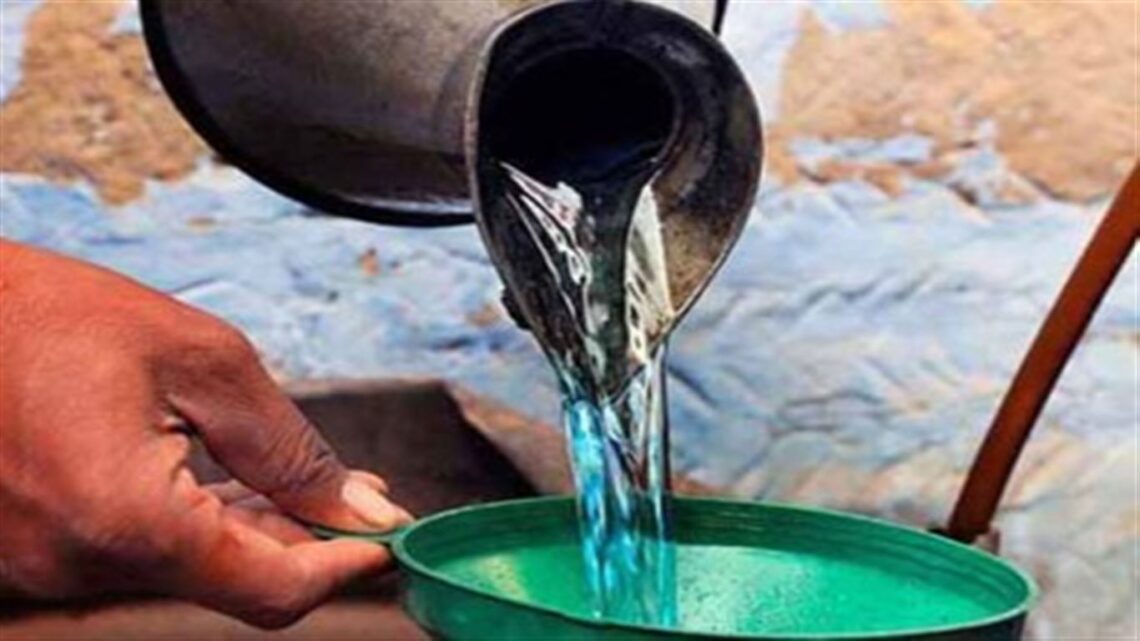
Kerosene also spelled kerosine, also called paraffin or paraffin oil, is a colorless, oily, highly flammable liquid with a strong odor, distilled from petroleum (10–25 % of total volume). It is a mixture of about 10 different types of fairly simple hydrocarbons, depending on its source. Fraction distillation resulting in a mixture of carbon chains that typically contain between 6 and 16 carbon atoms per molecule.
The main constituents are saturated straight-chain and branched-chain paraffins, as well as ring-shaped cycloparaffins (also known as naphthenes). Kerosene is less volatile than gasoline. Its flash point (the temperature at which it will generate a flammable vapor near its surface) is 38 °C (100 °F) or higher, whereas that of gasoline is as low as −40 °C (−40 °F). This property makes kerosene a relatively safe fuel to store and handle. It is burned in lamps, heaters, and furnaces and is used as a fuel or fuel component for diesel and tractor engines, jet engines, and rockets and as a solvent for greases and insecticides. Kerosene is sometimes used as an additive in diesel fuel to prevent gelling or waxing in cold temperatures.
Jet fuels must burn cleanly and remain fluid and free from wax particles at the low temperatures experienced in high-altitude flight. The conventional freeze-point specification for commercial jet fuel is −50 °C (−58 °F). The fuel must also be free of any suspended water particles that might cause blockage of the fuel system with ice particles. Special-purpose military jet fuels have even more stringent specifications.